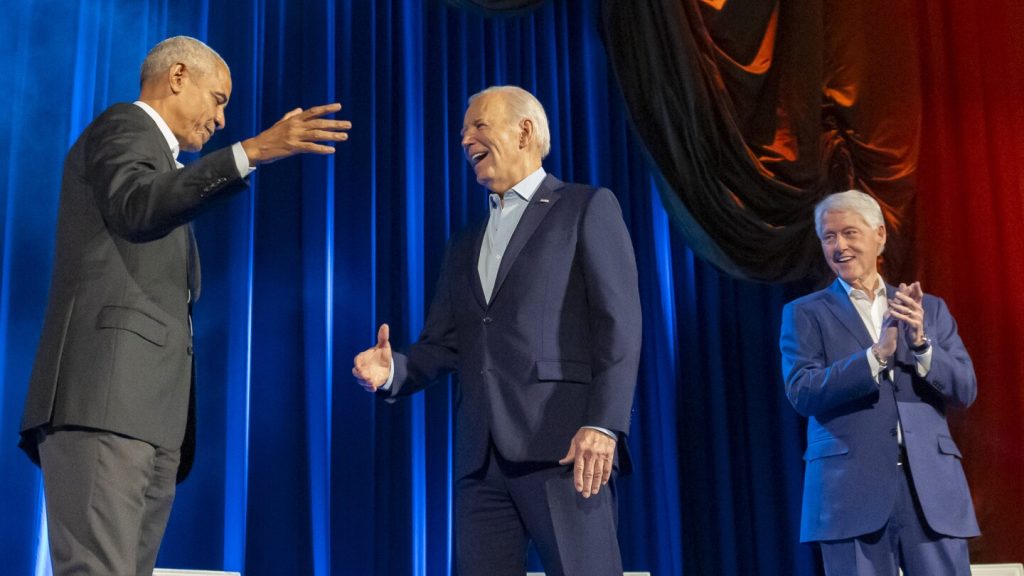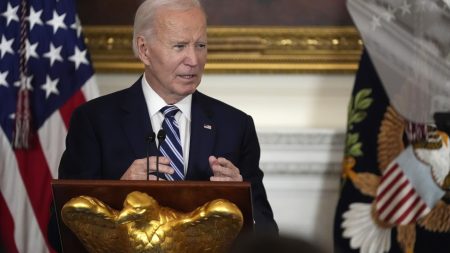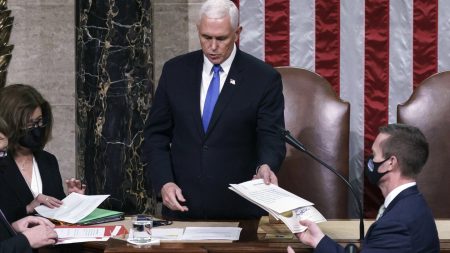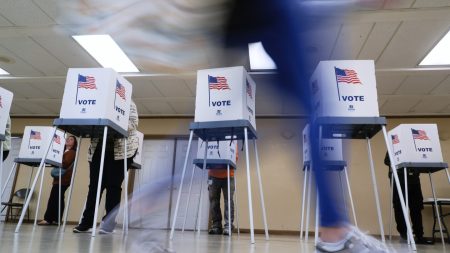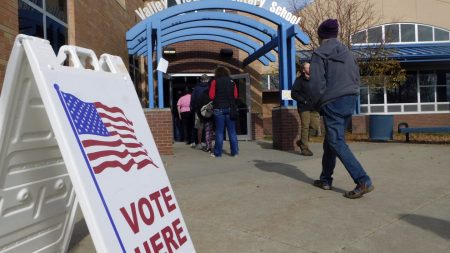President Joe Biden’s reelection campaign is focused on raising significant amounts of money and spending it quickly to gain an advantage over Republican Donald Trump. Biden aims to show himself as a fundraising powerhouse, while also making early investments on the ground and in ad campaigns to outpace Trump. Despite the cash advantage, Biden faces the challenge of breaking through the media noise to reach voters, especially younger demographics, in a fragmented media landscape that leans towards streaming services.
The Biden campaign has launched an organizational and outreach effort, opening 100 new field offices and increasing paid staff in battleground states. They have also started a $30 million advertising campaign targeting specific communities like Black, Hispanic, and Asian voters. Despite Trump’s ability to energize his base, Biden’s campaign is focused on mobilizing the anti-Trump sentiment among Democrats. The campaign is using resources to ensure they leave no stone unturned in their efforts to secure victory in the election.
Biden’s campaign is likely to be more costly this year compared to 2020, with the need for more travel and a traditional campaign infrastructure. The campaign also has to deal with expenses like reimbursing the government for the use of Air Force One. Strategic decisions on spending are crucial, with the risk of spending too much too early or too late in the election year. Despite initial concerns about fundraising delays, Biden has seen a surge in donations, with high-dollar events and attracting new donors expanding his appeal.
While Trump’s ability to attract media coverage remains a key asset, the Biden campaign’s financial advantage is expected to give them an edge in running an effective campaign. Trump’s legal fees from ongoing court cases pose a threat to his campaign finances, in addition to the challenge of breaking through in a changing media landscape. Both candidates will need to invest in getting their message in front of voters, with a financial advantage being crucial in this aspect. The Democrats are poised to exploit Trump’s controversial remarks through ads and messaging to counter his influence.
The dynamics of the 2024 election are unfolding with Biden’s campaign ramping up its efforts and Trump facing challenges on multiple fronts. The shaping of the media landscape and changing voter behavior present new obstacles for both candidates, with the need for substantial financial investments to navigate these challenges. Biden’s early organizational push and fundraising success are positioning him to compete fiercely in the upcoming election, while Trump’s unpredictability and legal burdens add uncertainties to his reelection prospects. The race for the White House is set to be a fierce battle of resources, messaging, and public perception that will shape the future of American politics for years to come.









